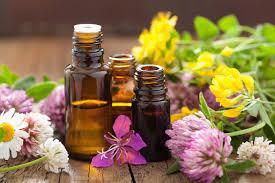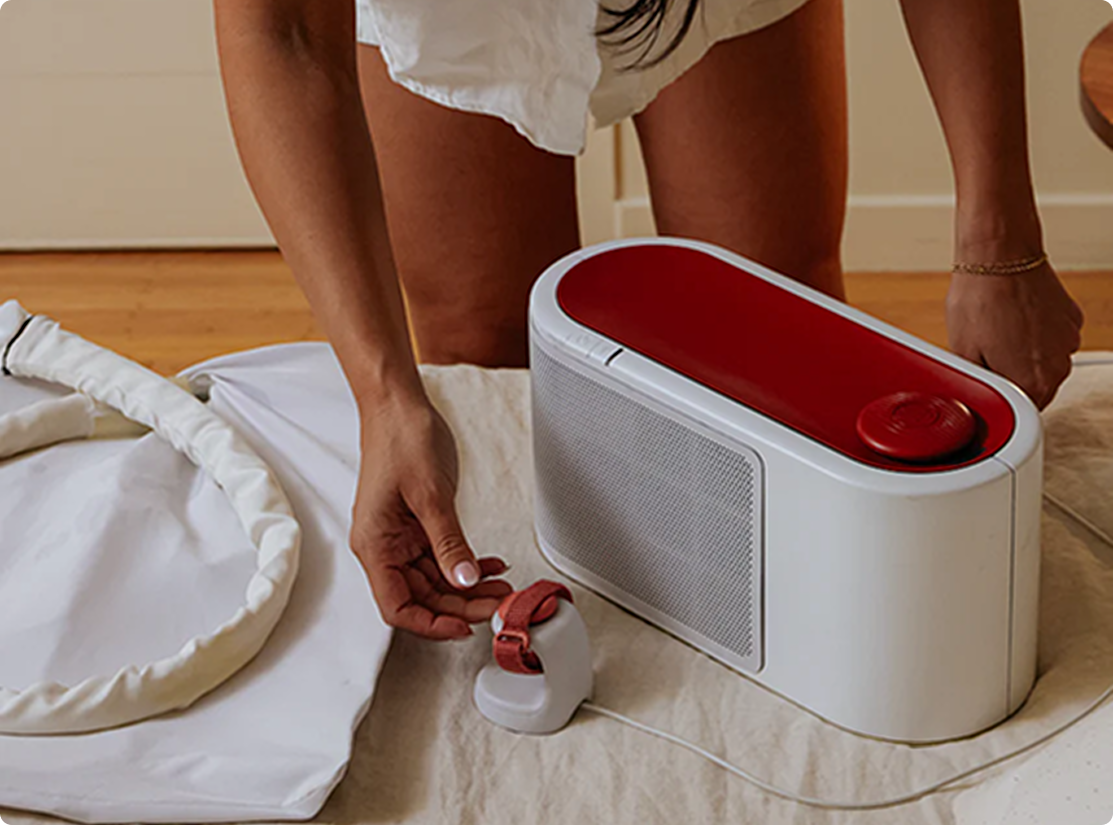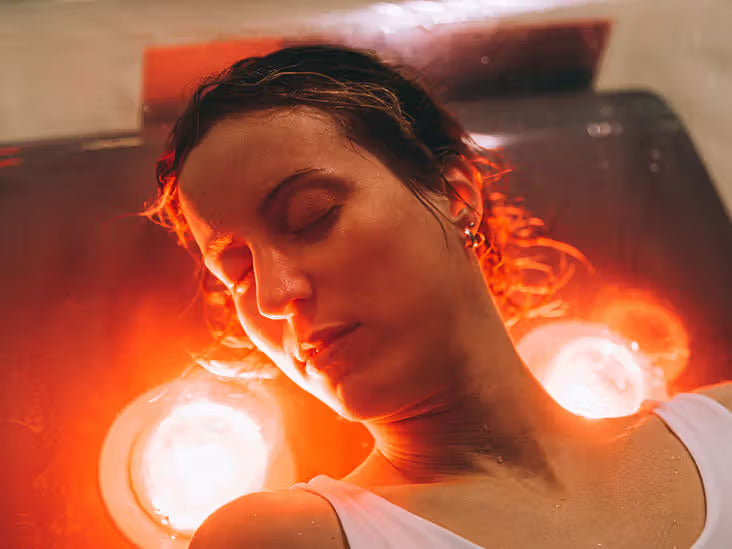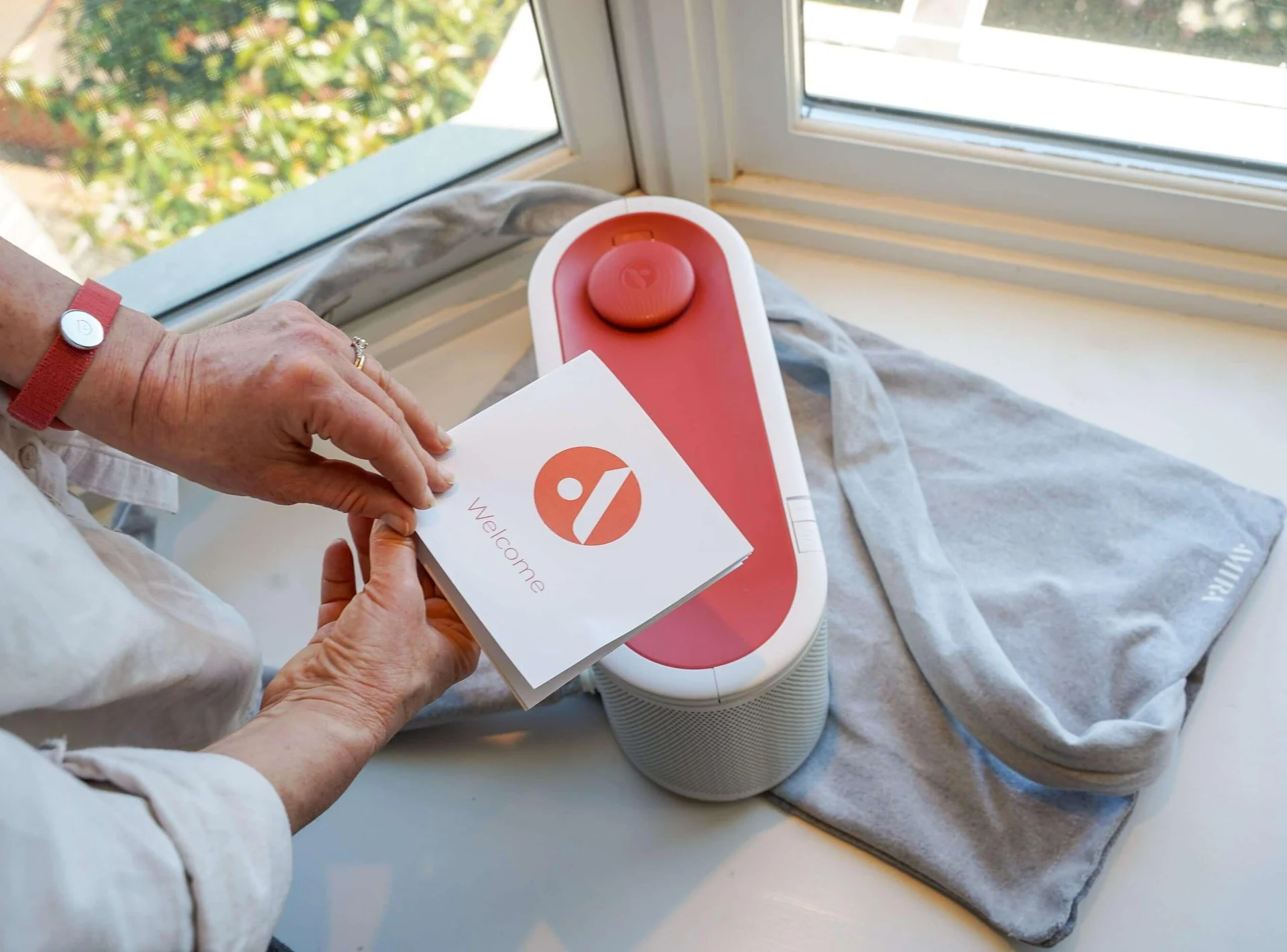
Essential Oils and Menopause: Everything You Need to Know
Discover how essential oils can help alleviate menopause symptoms like hot flashes, insomnia, and mood swings. Learn about the best oils to use and how they work to improve well-being naturally. From lavender to neroli, explore the benefits of these therapeutic oils and find out how to use them safely.
- Written by: Corentin Hugot
What are the symptoms of menopause that can be relieved by essential oils?
When menopause occurs, estrogen levels drop drastically. This significant decrease in estrogen causes various symptoms, including hot flashes, mood swings, sleep disturbances, and other challenges that impact both the body and mind.
What is an essential oil?
Aromatherapy, also known as olfactotherapy, refers to the therapeutic use of essential oils. Essential oils can be a helpful addition during menopause, offering relief for certain symptoms and promoting overall well-being.
In France, essential oils are widely used as concentrated aromatic compounds extracted from plants. These plant-based oils don’t mix with water, but can be blended with other oils, alcohol, or wax for therapeutic application.
Essential oils are available in different formats, such as dropper bottles (where they should be diluted with a neutral oil) or ready-made roll-ons for easy application.
In this article, we'll explore how essential oils can help alleviate some menopause symptoms. We’ll also highlight the oils that have been clinically proven to work, as well as others you can use even though there may be limited clinical studies. Our naturopath shares her insights to help you take care of your health naturally.
How do essential oils work?
Plants, much like the medications we use (many of which derive from plants), contain hundreds of molecules with properties that can positively impact our bodies. Some essential oils can interact with our cellular receptors, triggering therapeutic actions.
When essential oils are inhaled, their molecules travel through our olfactory nerves and reach the brain’s amygdala, the emotional center of our brain. This pathway explains the emotional and psychological effects certain scents can have.
While there are relatively few clinical studies on essential oils and menopause, the longstanding use of essential oils makes them a safe option for many. Moreover, as they are natural and not patentable, they haven’t been subject to the kind of research that pharmaceuticals receive.
Best Essential Oils for Menopause
Lavender Essential Oil for Insomnia
Around 40% of women in perimenopause experience sleep disturbances. Studies have demonstrated that inhaling lavender essential oil can improve sleep quality significantly. For example, one study found that inhaling lavender for 20 minutes twice a week over 24 weeks improved sleep in women experiencing menopause. Similar conclusions were found in studies using Lavandula angustifolia.
Lavender’s calming and anxiolytic properties are likely responsible, affecting the parasympathetic nervous system and reducing anxiety. You can try adding 1–2 drops of lavender essential oil to a teaspoon of honey or almond puree and consuming it three times daily for relaxation.
For more ways to manage sleep disturbances during menopause, read our article.
Lavender Essential Oil for Hot Flashes
A study published in The Journal of Chinese Medicine Association found that lavender essential oil inhaled twice a day for 20 minutes over 12 weeks significantly reduced the intensity and frequency of hot flashes. Lavender’s impact on neurotransmitter release, such as serotonin (the “happiness hormone”), is likely responsible for these benefits, which help to reduce anxiety and mood swings.
For more tips on managing hot flashes, check out our article How Many Hot Flashes Per Day is Normal.
Neroli Oil for Libido and Anxiety Reduction
Neroli oil (Citrus aurantium) is known to enhance libido and reduce cortisol levels, the stress hormone. Clinical studies have shown that inhaling neroli oil twice daily for five minutes over five days improved libido and well-being in menopausal women.
You can try rubbing a drop of petitgrain bigarade essential oil (from the leaves of the bitter orange tree) onto your wrists, then breathing deeply. The de-stressing effects of this practice can help reduce anxiety and mood swings, improving your menopause experience.
For additional insights on maintaining emotional balance during menopause, explore our guide on Menopause and Depression Anxiety.
Other Essential Oils You Can Use During Menopause
Our naturopath suggests additional oils that can be used during menopause, though clinical studies are limited.
For Hot Flashes
To relieve hot flashes, consider Clary Sage essential oil. Add 1 drop to a neutral tablet, honey, or almond puree, three times a day for 20 days. However, avoid using this oil continuously without breaks and consult your doctor if you have a history of hormone-sensitive conditions.
For Libido
To stimulate libido, try Ylang Ylang, Neroli, Damask Rose, or Ginger essential oils. These can be used in a sensual body massage with sweet almond oil for added relaxation and intimacy.
Chamomile
Chamomile essential oil can harmonize the negative effects of menopause, promoting relaxation and emotional balance. Choose a scent that appeals to you for the best results.
Contraindications and Precautions for Use
Always opt for organic essential oils when possible to minimize health risks. It’s also best to purchase oils made in France, supporting local artisans. However, be mindful of oils with estrogen-like effects (such as fennel or clary sage) if you have a history of hormone-dependent conditions. Consult your doctor before use, especially when applying essential oils regularly.
Final Thoughts
While essential oils offer a natural way to alleviate some of the challenges of menopause, always approach them with caution and consult a healthcare professional. If you're interested in learning more about how to manage your menopause symptoms, check out the range of resources available on the Amira blog and explore how Amira can help you achieve better sleep, manage hot flashes, and more.
Need more personalized advice? Contact us we’re here to help you every step of the way through your menopause journey.
Supported by Sandrine Mathez - Pharmacist
Sources
- [1] https://www.hopkinsmedicine.org/health/wellness-and-prevention/aromatherapy-do-essential-oils-really-work
- [2] https://www.ncbi.nlm.nih.gov/pmc/articles/PMC3159017/
- [3] https://pubmed.ncbi.nlm.nih.gov/16131287/
- [4] https://pubmed.ncbi.nlm.nih.gov/31931160/
- [5] https://www.sciencedirect.com/science/article/pii/S172649011630082X?via%3Dihub
- [6] https://www.ncbi.nlm.nih.gov/pmc/articles/PMC4082953/

Sleep Cool, Wake Refreshed
Terra’s smart cooling system stops hot flashes before they wake you.
Predicts & cools in seconds
No noise, no interruptions
Wake up refreshed





